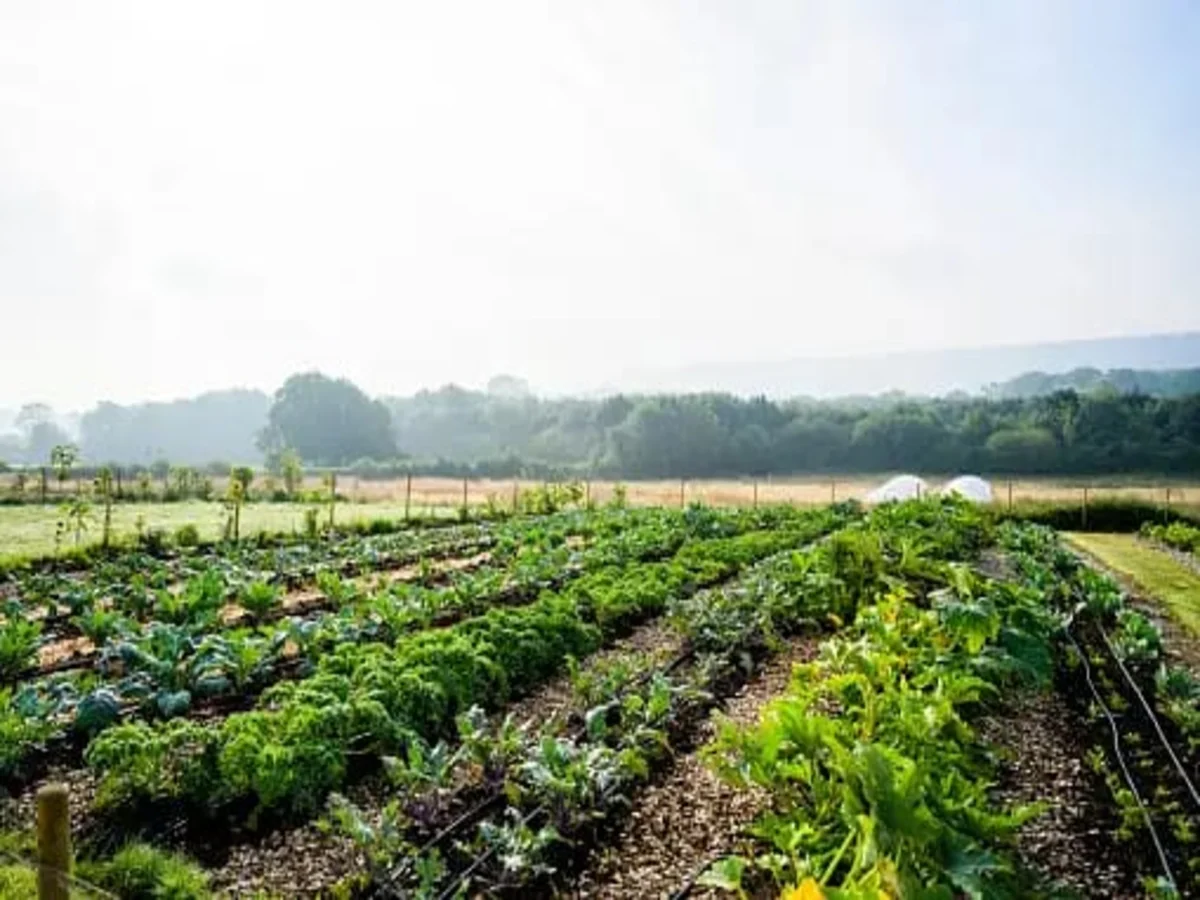Benefits and Practices of Regenerative Agriculture

Regenerative agriculture is a sustainable farming approach that emphasizes restoring and enhancing the health of the ecosystem through practices that promote soil health, biodiversity, and carbon sequestration. Unlike conventional agricultural methods that often lead to soil degradation and environmental damage, regenerative agriculture aims to create a harmonious relationship between agriculture and nature, ensuring long-term productivity and ecological balance. In this article, we will explore the key benefits and practices of regenerative agriculture.
1.Soil Health Restoration
One of the primary focuses of regenerative agriculture is improving soil health. Healthy soils are crucial for maintaining high agricultural productivity, as they provide essential nutrients and support plant growth. Practices like cover cropping, reduced tillage, and composting help replenish soil organic matter, increase water retention, and promote beneficial soil microbial activity. By improving soil structure and fertility, regenerative agriculture leads to higher crop yields and a reduced need for synthetic fertilizers and pesticides.
2.Ecosystem Restoration
Regenerative agriculture prioritizes the restoration of diverse ecosystems on and around farmlands. By integrating perennial plants, hedgerows, and buffer zones, farmers can create habitats that attract pollinators and beneficial insects. These measures enhance biodiversity, support natural pest control, and improve the overall ecological balance of the farming landscape. Additionally, regenerative practices help preserve native flora and fauna, contributing to the conservation of endangered species.
3.Carbon Sequestration
With the rising concern over climate change, regenerative agriculture has gained attention for its potential to sequester carbon dioxide from the atmosphere. Through practices like agroforestry, cover cropping, and rotational grazing, regenerative farmers capture carbon in the soil and in plant biomass. By storing carbon in the soil for extended periods, regenerative agriculture serves as a powerful climate change mitigation strategy, helping to reduce greenhouse gas emissions and combat global warming.
4.Water Management and Conservation
Effective water management is crucial for sustainable agriculture. Regenerative practices such as contour farming, mulching, and agroforestry help minimize soil erosion and increase water infiltration, reducing the risk of drought and flood damage. By enhancing water retention in the soil, regenerative agriculture ensures a steady water supply for crops, leading to improved resilience in the face of changing climate patterns.
5.Economic Benefits for Farmers
While transitioning to regenerative agriculture may require initial investment and changes in farming practices, it can lead to economic benefits for farmers in the long run. Improved soil health and reduced reliance on external inputs can result in lower production costs. Moreover, regenerative practices often open up new markets for environmentally conscious consumers, allowing farmers to fetch premium prices for their sustainable produce.
6.Human Health and Nutrition
Regenerative agriculture emphasizes the use of organic and sustainable farming methods, reducing the presence of harmful chemicals in food. As a result, the produce from regenerative farms tends to be more nutritious and free from pesticide residues. Additionally, by preserving biodiversity, regenerative agriculture contributes to maintaining a diverse and nutrient-rich diet, which is essential for human health and well-being.
we can conclude this,Regenerative agriculture offers a promising pathway towards a more sustainable and resilient food system. By prioritizing soil health, ecosystem restoration, carbon sequestration, and water management, regenerative practices benefit not only the environment but also farmers and consumers. Embracing regenerative agriculture on a broader scale can play a significant role in addressing the challenges posed by climate change, fostering biodiversity, and ensuring food security for future generations.
FAQs
1. What is regenerative agriculture?
Regenerative agriculture is a sustainable farming approach that focuses on improving soil health, restoring ecosystems, and promoting biodiversity. It goes beyond traditional farming practices by employing methods that sequester carbon, conserve water, and reduce the reliance on synthetic inputs, resulting in healthier and more resilient farming systems.
2. How does regenerative agriculture benefit the environment?
Regenerative agriculture offers numerous environmental benefits. By improving soil health, it enhances carbon sequestration, mitigates climate change, and reduces greenhouse gas emissions. Additionally, regenerative practices promote biodiversity, protect natural habitats, and conserve water resources, contributing to overall ecosystem restoration.
3. Is regenerative agriculture economically viable for farmers?
Yes, regenerative agriculture can be economically beneficial for farmers in the long run. While the transition may require initial investments and adjustments to farming practices, improved soil health and reduced input costs can lead to higher yields and lower production expenses. Moreover, regenerative practices open up opportunities for accessing premium markets, catering to the growing demand for sustainable and environmentally friendly produce.
4. How does regenerative agriculture impact food quality and safety?
Regenerative agriculture prioritizes organic and sustainable farming methods, avoiding the use of harmful chemicals and pesticides. As a result, the produce tends to be healthier and safer for consumers, free from pesticide residues. Additionally, regenerative farming’s emphasis on biodiversity ensures a diverse and nutrient-rich diet, positively influencing human health and nutrition.
5. Can regenerative agriculture help combat climate change?
Yes, regenerative agriculture plays a crucial role in combating climate change. By sequestering carbon in the soil and plant biomass, it helps remove carbon dioxide from the atmosphere. This carbon sequestration capability makes regenerative practices an effective climate change mitigation strategy, contributing to the global effort to reduce greenhouse gas emissions and stabilize the climate.


